Do SEO Keywords Need To Be Exact? Complete 2025 Guide

Using keywords exactly as they appear in search queries used to be the standard rule of SEO. Today, that approach can actually hurt your rankings and make content sound robotic. Search engines have evolved dramatically, changing how keywords should be used in your content.
This guide clears all the confusion around exact match keywords in 2025. You'll learn precisely when exact keywords matter and when natural variations work better. By the end, you'll have clear, actionable techniques to implement in your next piece of content for better rankings and readability.
What Are Exact Match Keywords?
Exact match keywords are search terms used in your content exactly as they appear in search queries. For example, if you're targeting "affordable running shoes," an exact match would mean using that precise phrase word-for-word in your content.
In the early days of SEO, search engines relied heavily on exact keyword matches to determine relevance. Website owners would repeat exact phrases multiple times throughout their content, often creating awkward, unnatural text that was difficult to read.
How Search Engines Have Changed
From Keywords to Intent
Search engines now focus on understanding the meaning behind searches rather than just matching words. This shift from keywords to intent began with major algorithm updates like Google's Hummingbird in 2013 and has continued to evolve.
Modern search engines can:
-
Recognize synonyms and related terms
-
Understand the context of words within content
-
Identify the purpose behind a search query
-
Connect concepts even when exact words don't match
This means content can rank for keywords that don't appear exactly as written or sometimes don't appear at all if the content answers the search intent well.
Natural Language Processing
Search engines now use advanced natural language processing (NLP) to analyze content. This technology helps them understand:
-
The relationships between words
-
How ideas connect within a piece of content
-
The overall topic rather than just individual keywords
-
Nuances in language that affect meaning
These improvements allow for more natural writing while still achieving strong SEO results.
When Exact Keywords Still Matter
While search engines have become more sophisticated, exact match keywords still play a role in SEO. Here's when they matter most:
Title Tags And Headings
Using exact keywords in your title tag and main headings helps search engines quickly identify your content's topic. This practice still correlates strongly with better rankings when done naturally.
Your title tag remains one of the most important places to include your primary keyword. If possible, place it near the beginning of the title while keeping the title readable and attractive to users.
First Paragraph
Including your main keyword in the first paragraph helps establish relevance early. This signals to both readers and search engines what your content is about.
The introduction is where you set expectations for your content. By naturally incorporating your target keyword, you confirm to readers they've found what they're looking for.
URLs
Clean, keyword-rich URLs help both users and search engines understand content before clicking or crawling. An exact match keyword in the URL slug can provide a small ranking benefit.
Keep URLs short and meaningful, using hyphens to separate words. This makes them easier to read and share.
When Exact Keywords Don't Matter
Body Content
Throughout most of your content, exact match keywords are less important than covering the topic thoroughly. Focus on:
-
Using natural language variations
-
Including related terms and concepts
-
Answering questions related to the main topic
-
Writing for humans first, search engines second
This approach creates better content that naturally includes relevant terms while avoiding awkward phrasing.
Keyword Density
The concept of keyword density (a specific percentage of keywords in text) is outdated. There's no magic number or formula for how many times to include a keyword.
Instead of counting keywords, focus on covering topics thoroughly and naturally. Good content will include relevant terms without forced repetition.
Stop Words
Stop words are common words like "the," "and," "to," and "for." In the past, SEOs would remove these from keyword phrases, creating awkward content.
Modern search engines understand these words and their role in language. Keep stop words when they make phrases sound natural.
The Rise of Semantic Search
What Is Semantic Search?
Semantic search aims to understand the intent and context behind search queries rather than just matching keywords. It considers:
-
The meaning of words
-
The relationships between concepts
-
The searcher's location, search history, and preferences
-
Current trends and events
This approach delivers more relevant results and has changed how we need to think about keywords.
Semantic Keywords and LSI
Latent Semantic Indexing (LSI) keywords are terms conceptually related to your main keyword. For example, content about "baking bread" would naturally include words like "flour," "yeast," "dough," and "oven."
Including these related terms happens naturally when you cover a topic well. They help search engines confirm your content's relevance and depth.
How To Use Keywords Effectively Today
Topic Clusters Instead of Keyword Stuffing
Rather than focusing on exact keywords, organize content into topic clusters:
-
Create a pillar page covering a broad topic
-
Link to cluster content that explores related subtopics in depth
-
Use natural language throughout all content
This strategy creates a web of relevant content that search engines recognize as authoritative.
Write For People First
The best approach to keywords is to write for humans while being mindful of SEO. This means:
-
Using natural language and variations
-
Answering questions thoroughly
-
Including supporting information
-
Organizing content logically with clear headings
When content satisfies users, it tends to rank better over time as engagement metrics improve.
Keyword Placement Tips
For the best results with modern SEO, place keywords in these locations:
| Content Element | Approach to Keywords |
|---|---|
| Title Tag | Include main keyword naturally, preferably near the beginning |
| Meta Description | Use the keyword or variations to make the description compelling |
| URL | Include a simplified version of the keyword, using hyphens between words |
| H1 Heading | Include the main keyword or a natural variation |
| Subheadings | Use related keywords and questions in H2s and H3s |
| First Paragraph | Mention the main topic/keyword naturally |
| Image Alt Text | Describe images accurately while including relevant keywords when appropriate |
| Conclusion | Reinforce the main topic using natural language |
Common Keyword Mistakes To Avoid
Keyword Stuffing
Repeatedly using the same exact keywords unnaturally throughout your content is called keyword stuffing. This practice:
-
Creates a poor reading experience
-
May trigger search engine penalties
-
Increases bounce rates when users find the content difficult to read
Modern search algorithms detect this manipulation easily and will not reward it.
Ignoring Search Intent
Even perfectly placed keywords won't help if your content doesn't match what users want to find. The four main types of search intent are:
-
Informational: Looking for information (how, what, why questions)
-
Navigational: Looking for a specific website or page
-
Commercial: Researching products before buying
-
Transactional: Ready to make a purchase
Match your content to the right intent for better results.
Forgetting About User Experience
Keywords should never come at the expense of readability and user experience. Awkward phrasing, unnatural sentence structures, and forced keyword usage create content that users won't engage with.
Content that's hard to read won't perform well in search rankings, even with perfect keyword placement.
How SEOWriting Helps With Modern Keyword Usage
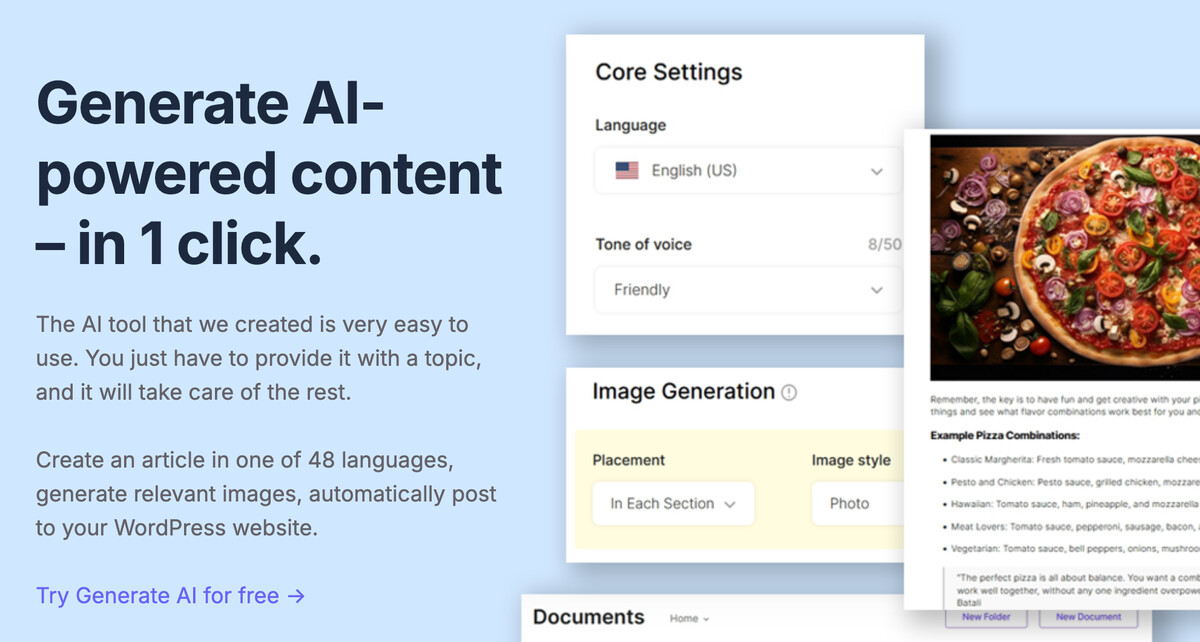
Creating content that balances natural language with strategic keyword usage can be challenging. SEOWriting is an AI writing tool specifically designed to help you create SEO-optimized content that reads naturally while satisfying search engines.
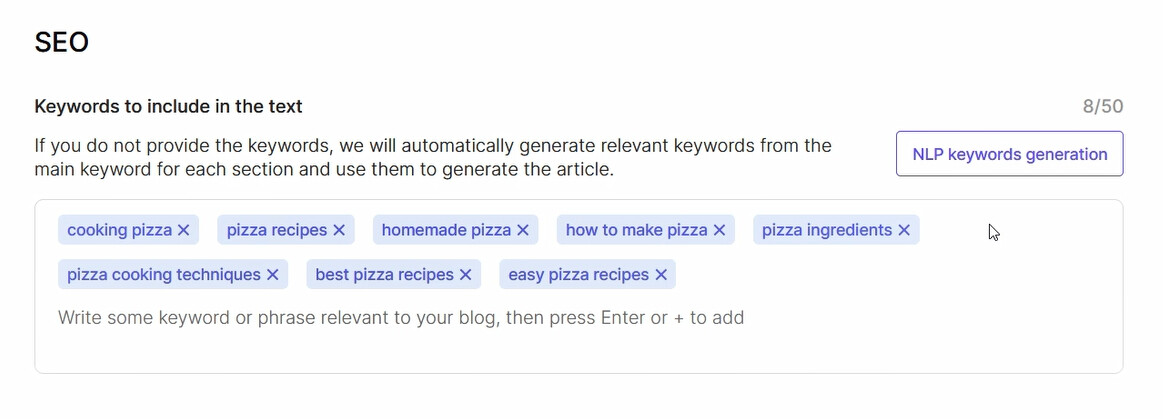
NLP Keywords for SEO: The tool automatically suggests semantic keywords and related terms to include in your content, helping you cover topics thoroughly without keyword stuffing.
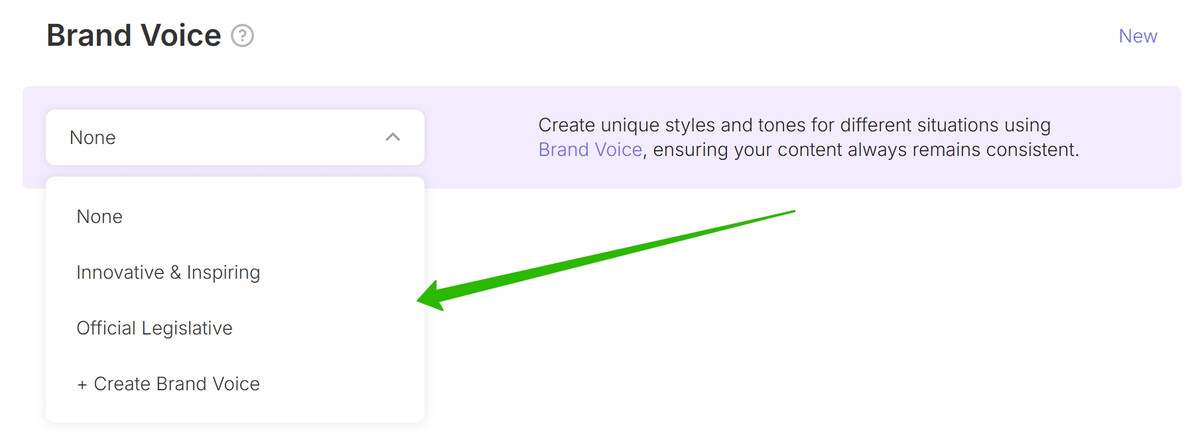
Brand Voice Customizer: Maintain your unique writing style while incorporating keywords naturally, ensuring content sounds consistent and authentic.
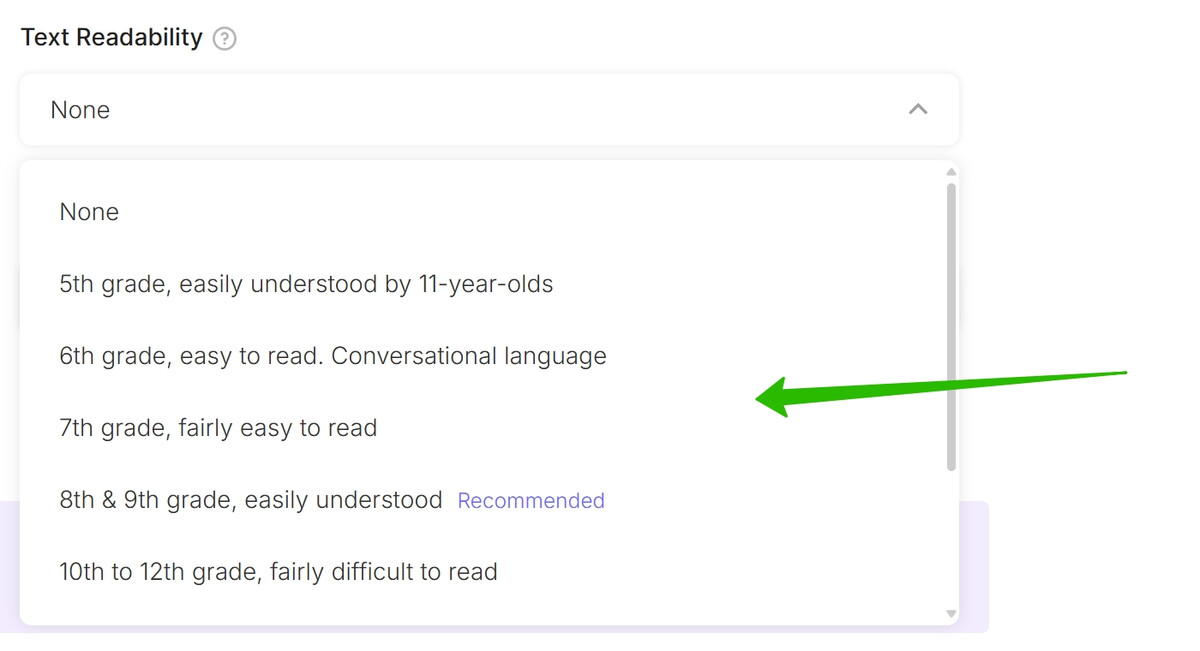
Readability Enhancer: Get suggestions to improve readability while keeping important keywords intact, making content both SEO-friendly and easy to consume.
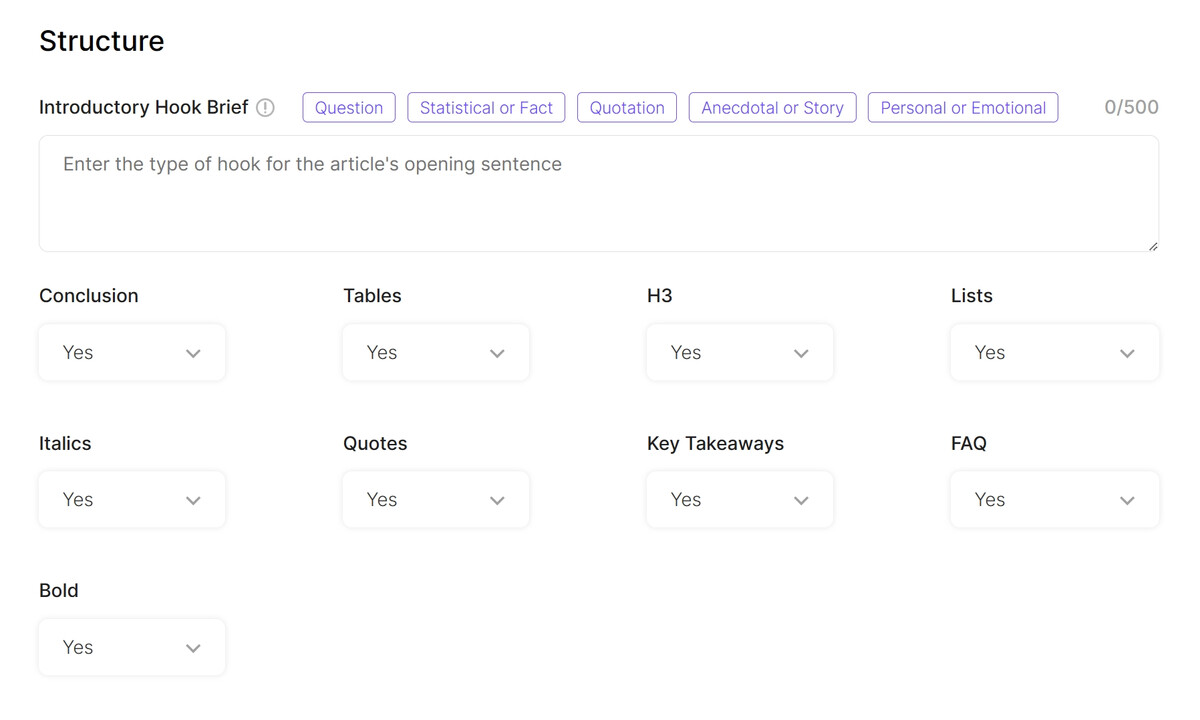
Blog Formatting Customization: Place keywords strategically in headings, subheadings, and other key locations for maximum SEO impact without sacrificing quality.
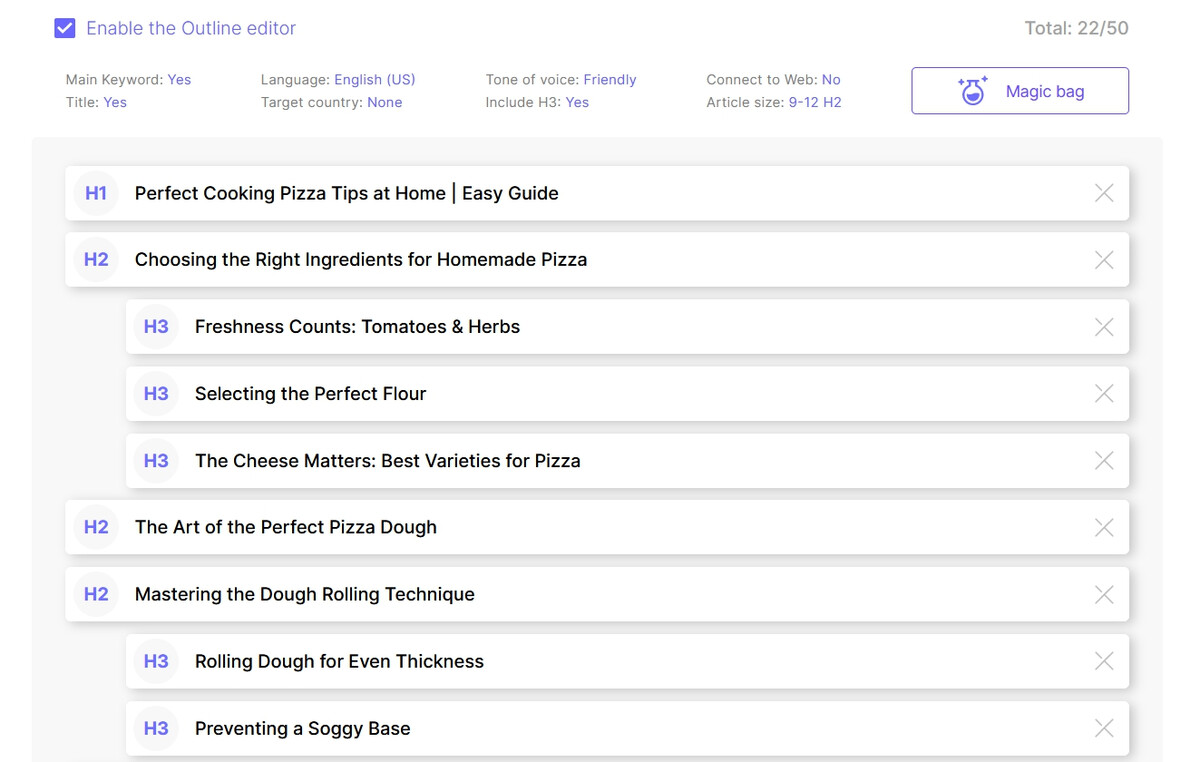
SEO Blog Outline Editor: Plan your content structure with keywords in mind before writing begins, ensuring important terms appear in strategic locations.
When you focus too much on exact match keywords, content often sounds robotic and unnatural. SEOWriting helps you create content that ranks well while still engaging real human readers, striking the perfect balance between SEO requirements and quality writing.
Final Thoughts
Exact keywords matter in specific places—titles, headings, and URLs. For the rest of your content, focus on covering topics thoroughly with natural language.
Search engines now understand context and synonyms. Your goal should be content that answers user questions completely, not content stuffed with awkward exact phrases.
SEOWriting makes this modern approach simple. Its AI helps you include semantic keywords naturally while maintaining your brand voice. Start writing for free and create 5 SEO-optimized blog posts today that rank well without keyword stuffing.


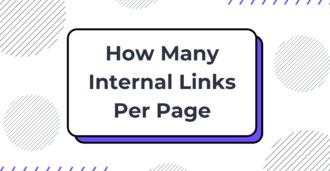
Write 10X Faster With AI-Powered Content
Create SEO-optimized articles in 15 minutes instead of 5 hours. Join 50,000+ content creators who generate content that ranks on top positions on Google. Save up to 80% of your time while getting 2X better results.
Try for Free →
